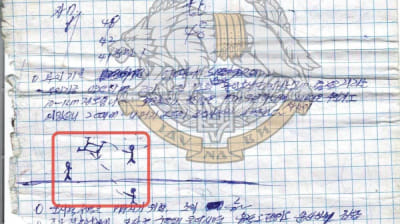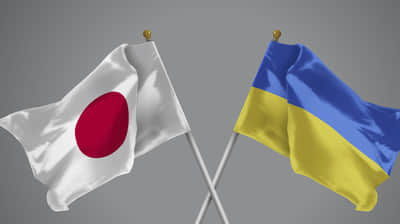Most living organisms from Kakhovka Reservoir will die – ecologists
Due to the destruction of the Kakhovka Hydroelectric Power Plant, most of the living organisms in the Kakhovka Reservoir will die.
Source: This is stated by scientists of the Ukrainian environmental group in their study.
Details: They note that the destruction of the hydroelectric power station has the largest impact on the ecosystem of Ukraine because it will have negative consequences for wildlife in an area of more than 5,000 square kilometres.
The following species will be affected:
- fish
"The Kakhovka Reservoir is one of the largest places of concentration of freshwater commercial fish species in Ukraine. At least 43 species of fish were found here alone, of which 20 are of commercial importance. All spawning sites and the bulk of the water that is the habitat of fish are destroyed," the scientists note.
 |
| Photo: Ministry of Environmental Protection and Natural Resources |
They add that it will take at least seven-ten years to restore numbers.
- birds
A number of bird species that nest there will disappear from the territory of the Kakhovka Reservoir and the territories nearby. In particular, gulls, terns, etc.
- fauna
Scientists predict that most of the living organisms that inhabited the Kakhovka Reservoir have already died or will die in the coming days. Among them are a number of invertebrates that serve as a forage base for fish, birds, amphibians, etc.
- flora
"Water and coastal-water plants of the Kakhovka Reservoir will disappear. Their place will be taken by invasive alien plants: Canadian horseweed, ragweed, tall goldenrod, etc. The exposed area of the reservoir bottom will become the largest breeding ground in the region for dangerous invasive species," the scientists explain.
About 60 nature reserve sites will be affected by the dam's drainage.
Downstream of the reservoir, almost the entire terrestrial fauna will die due to the rapid flooding of the territories.
For example, the rare ant Liometopum microcephalum will disappear; most of the population of the Nordmann’s birch mouse, the sandy blind mole-rat and Falzfein's thick-tailed three-toed jerboa have already been destroyed.
The impact on bird nesting colonies is also considerable. More than 10,000 individuals are affected. Nevertheless, according to environmentalists, they will be able to restore their numbers in three to seven years.
Due to the destruction of the Kakhovka HPP, a large amount of fuel and lubricants and toxic substances from cemeteries and cesspools will enter the Black Sea. This will leave an impact on all groups of living organisms, from plankton to cetaceans.
In addition, the heat in the water can actively spread algae, which will cause an algal bloom in the water with all the negative consequences of this phenomenon.
The Ministry of Environmental Protection and Natural Resources of Ukraine reported the flooding of the Nyzhnodniprovskyi National Park.
"The flood has affected the lands of the Emerald Network and Ramsar sites, which are of world importance due to their unique biodiversity. The flora and fauna of the Nyzhnodniprovskyi National Park have 120 valuable protected species. As a result of Russian terror, animals die on the territory of the National Park, and their habitats and reproduction disappear," said Ruslan Strilets, Head of the Ministry of Environment.
One of the main bird migration routes, Dniprovskyi, passes through the territory of the national park. 60 species of birds that are subject to protection were previously noted here.
A decrease in water level was also revealed in the occupied Velykyi Luh National Park. It can cause the shallowing of the Velyki y Mali Kuchuhury Archipelago wetlands.
As of 7 June, the water level had dropped by 1.7 metres, and the water had moved 17 metres away from the shore. The critical level is 8 metres.
On the Zaplava Sim Maiakiv archipelago, the water level will drop by about 9 metres, and complete shallowing will occur at 14 metres. 47 species of fish will disappear, and there are risks for another 137 species.
On the morning of 6 June, Ukraine’s Operational Command Pivden (South) reported that Russian occupation forces had blown up the Kakhovka Hydroelectric Power Plant (HPP). The dam and the power plant's engine room were completely destroyed. The hydroelectric power plant is beyond repair. According to a preliminary forecast, the reservoir is expected to be drained within the next four days.
The water arrived quickly, and the evacuation was announced. Volunteers are currently helping people leave their homes from flooded streets and rescuing animals.
Journalists fight on their own frontline. Support Ukrainska Pravda or become our patron!





